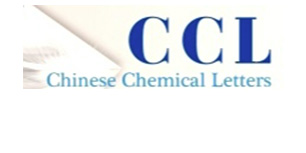Novel Physics-based Ensemble Modeling Approach That Utilizes 3D Molecular Conformation and Packing to Access Aqueous Thermodynamic Solubility: A Case Study of Orally Available Bromodomain and Extraterminal Domain Inhibitor Lead Optimization Series
Drug design with patient centricity for ease of administration and pill burden requires robust understanding of the impact of chemical modifications on relevant physicochemical properties early in lead optimization. To this end, we have developed a physics-based ensemble approach to predict aqueous thermodynamic crystalline solubility, with a 2D chemical structure as the input. Predictions for the bromodomain and extraterminal domain (BET) inhibitor series show very close match (0.5 log unit) with measured thermodynamic solubility for cases with low crystal anisotropy and good match (1 log unit) for high anisotropy structures. The importance of thermodynamic solubility is clearly demonstrated by up to a 4 log unit drop in solubility compared to kinetic (amorphous) solubility in some cases and implications thereof, for instance on human dose. We have also demonstrated that incorporating predicted crystal structures in thermodynamic solubility prediction is necessary to differentiate (up to 4 log unit) between solubility of molecules within the series. Finally, our physics-based ensemble approach provides valuable structural insights into the origins of 3-D conformational landscapes, crystal polymorphism, and anisotropy that can be leveraged for both drug design and development.
Recommended for you
-

 Novel Computational Approach to Guide Impurities Rejection by Crystallization: A Case Study of MRTX849 Impurities
Novel Computational Approach to Guide Impurities Rejection by Crystallization: A Case Study of MRTX849 Impurities -

 Structural identification of vasodilator binding sites on the SUR2 subunit
Structural identification of vasodilator binding sites on the SUR2 subunit -

 Toward accurate and efficient dynamic computational strategy for heterogeneous catalysis: Temperature-dependent thermodynamics and kinetics for the chemisorbed on-surface CO
Toward accurate and efficient dynamic computational strategy for heterogeneous catalysis: Temperature-dependent thermodynamics and kinetics for the chemisorbed on-surface CO








